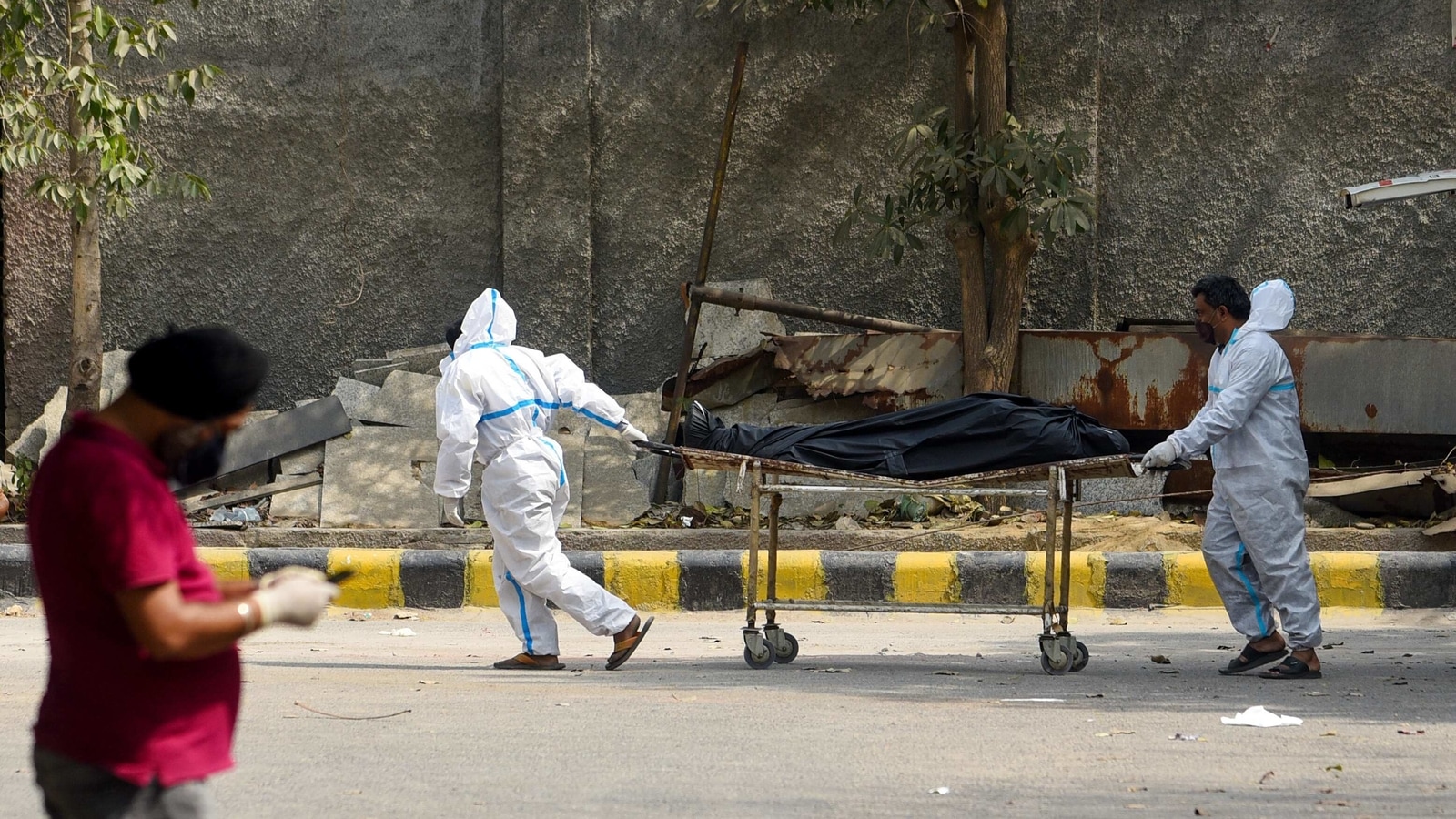
The so-called double mutation coronavirus found in Maharashtra may be the most common of all mutant variants in India, genome sequence data provided by Indian scientists to a global database shows, according to a recent analysis that takes into account when they were detected.
The analysis shows for the first time how the detection of different variants of the coronavirus may have changed.
The double mutation virus – now classified as B.1.617 – was most common in the samples sequenced by 24% in the 60 days prior to April 2. The variant was first discovered on Oct. 5 and was relatively obscure until it surfaced in an increasing number of samples from January, according to the India situation report on outbreak.info. On April 1, it accounted for 80% of all mutant variant genome sequences analyzed sent from India to the global repository GISAID.
The second most common variant in the past 60 days was the British variant, or B.1.1.7, in 13% of the samples, according to the assessment by scientists at Scripps Research.
Both trends could be worrying for India and explain, at least to some extent, the pattern of outbreaks. B.1.617 was first found in a large number of samples in Maharashtra, the first hot spot region of the second wave of infections that added more than half of the new cases in the country until April 7.
The outbreak.info researchers added that these data may not reflect actual prevalence patterns. “SARS-CoV-2 (hCoV-19) sequencing is not a random sample of mutations. As a result, this report does not reflect the true prevalence of the mutations, but rather our best estimate now. “
The data may also be skewed depending on whether all the genomes sequenced have been uploaded, although the trends – where B.1.617 has grown steadily compared to other variants of the samples – support the general pattern.
But a top official involved in India’s genome sequencing efforts said the findings were consistent with what they observed on the ground.
“Nearly 60 to 80% of Maharashtra samples have the variant; prevalence in Gujarat must be comparable. Elsewhere it is less than 10 to 20%. From barely existing in December, it is now found pretty much everywhere we look. We now have a separate column for the variant for each state, ”says Anurag Agarwal, director of the Institute of Genomics and Integrative Biology, one of the ten labs under Insacog.
“We have a fairly good idea of which mutated variant occurs where; but most importantly, they are all increasing, ”he added.
The B.1.617 variant is common in the West in Maharashtra and Gujarat. The B.1.1.7 variant is common in northern Punjab. In South India, the one with the N440K mutation is common, but that seems to be quiet. Eventually there will be one of the other variants. And in the east we don’t have a particular variant, but the South African variant is quite common in Bangladesh, which means that almost 80% of the cases can be transferred to India. That will be difficult for the AstraZeneca vaccine. “
The double mutation refers, among other things, to specific changes designated E484Q (glutamate is replaced with glutamine at the 484th position of the spike protein) and L452R (replacement of leucine with arginine at the 452nd position).
Both are being investigated because they allow the virus to evade immunity to a previous infection, even vaccines. L452R has also been found in a variant spreading in California, USA, where it was involved in a major outbreak earlier this year. In an interview with HT on Wednesday, India’s chief scientific advisor K Vijay Raghavan said that B.1.617 can now be considered a “variant of care,” or VOC.
The UK variant, B.1.1.7, has been confirmed to be more transferable and similarly involved in a major case resurgence in the UK.
A second scientist involved in the sequencing efforts said more evidence is needed to link mutations to case trends. “The variant with double mutants is increasing in the country. But the increase in the number of cases cannot be attributed solely to the mutated variants. Human behavior plays a very important role in transmission; in the UK, when the new variant started to spread, a lockdown controlled the spread, ”said Dr. Rakesh Mishra, director of the Center for Cellular and Molecular Biology (CCMB), one of 10 laboratories in Insacog.
Dr. Saumitra Das, Director of the National Institute of Biomedical Genomics – Kalyani, said: “We have not been able to determine that the new variant is the reason for the more rapid spread of the infection during the second wave; it is the behavior of the people. “
The analysis, published on outbreak.info, also found that a large number of B.1.617 samples were found in West Bengal. The 117 B.1.617 samples in Bengal accounted for 9% of all genomes sequenced in the state to date. In Maharashtra, there were more samples at the age of 120, but these accounted for 6% of the 1,931 sequenced samples.
“To describe the prevalence of mutation sets in our Mutation Situation Reports, we rely on shared virus sequences from the GISAID Initiative. Although we apply filters to remove certain low-quality sequences and unreasonable metadata, as described in our methods, we rely on the accuracy of the sequences and sample metadata deposited in GISAID, ”said outbreak.info website.
In total, the B.1.617 variant has been found in 408 sequences sampled around the world. Of these, 265 were found in India out of the 8,455 sequences analyzed in the outbreak.info report.
